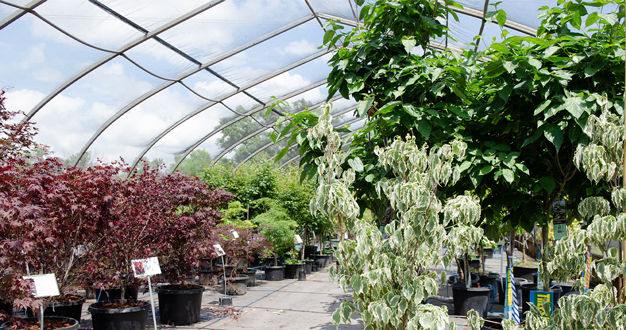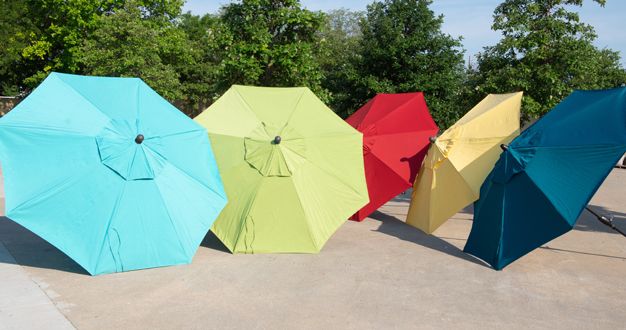
Summertime is what beautiful gardens are made for. Whether it’s a backyard barbeque, a family celebration, or even just an afternoon to unwind on the patio – plants bring comfort and color to our outdoor spaces. If you’re looking for bright blooms for your own landscape, take a look at some of our favorite perennials for summer color.
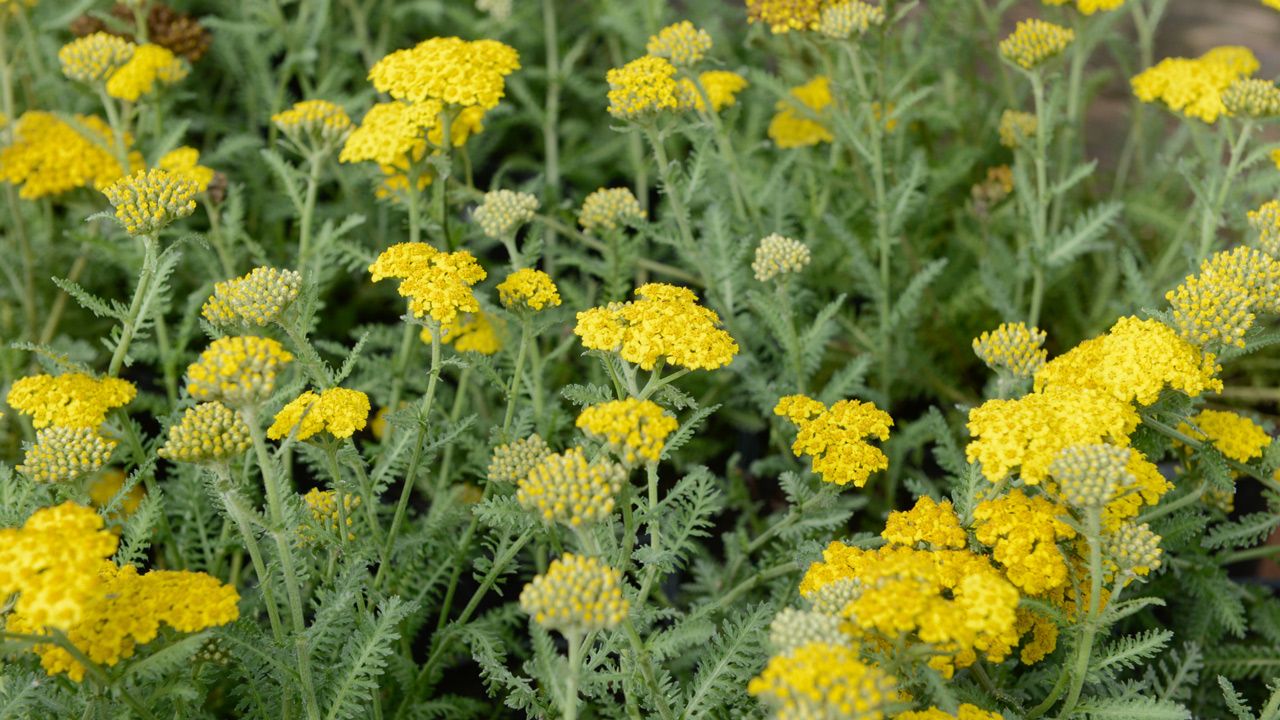
Achillea ‘Moonshine’
Achillea ‘Moonshine’ is a standout with its bright lemon-yellow flower clusters that appear from late spring through summer above silvery, fern-like foliage. This sun-loving perennial thrives in well-draining soil and adds a vibrant touch to both formal gardens and wildflower meadows. Its flat-topped blooms are a magnet for butterflies and other pollinators. Its drought tolerance and deer resistance make it a low-maintenance choice for sunny spots.
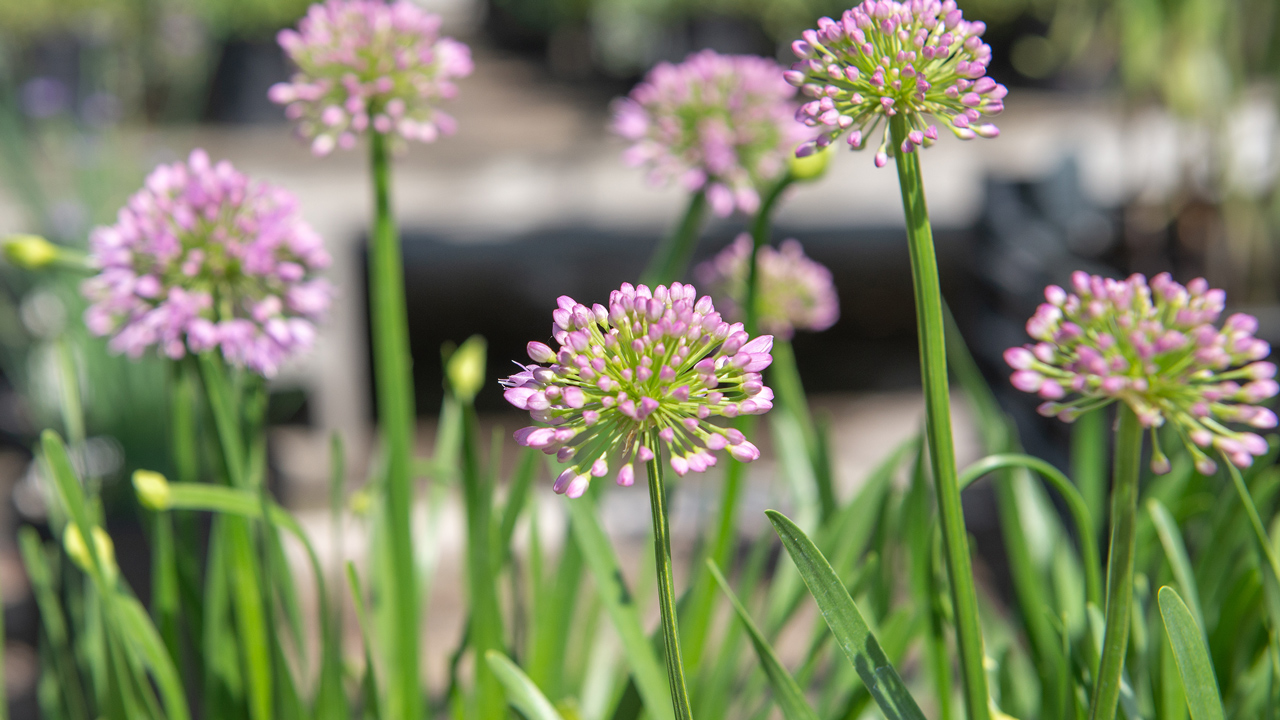
Allium
Ornamental allium is loved for its whimsical globe-shaped clusters of pink or purple blooms that appear in the summer above clumps of glossy, grass-like foliage. It fits right into both formal and nature-inspired landscapes, as long as it has well-draining soil and plenty of sun. The cultivar ‘Millennium’ produces rosy-purple spheres on twenty-inch stems starting in July. And ‘Blue Eddy’ gets its name from its unusual three-toned foliage in shades of blue, gray, and green that resembles seaweed swirling in a shallow pool. ‘Blue Eddy’ stays a compact six to eight inches in size too – a nice selection for borders.
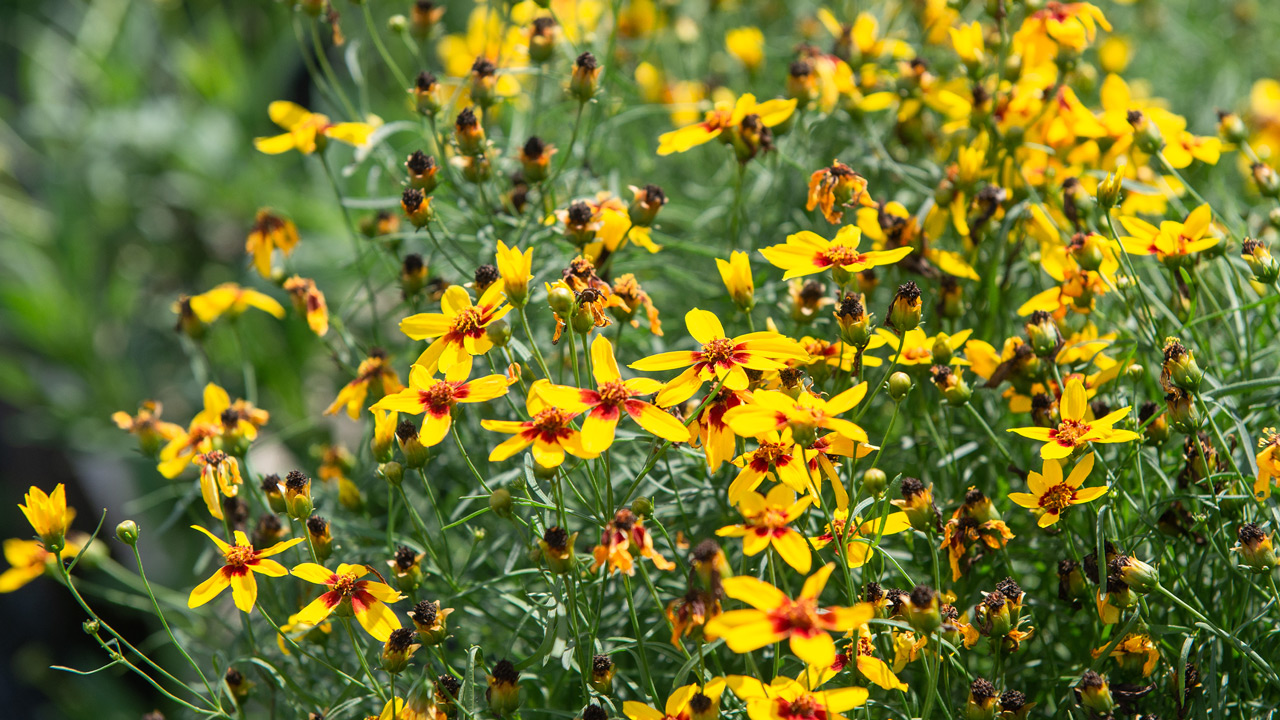
Coreopsis
Coreopsis is a bright, cheerful perennial featuring airy, thread-like foliage and abundant daisy-like blooms that arrive in late spring and continue through the summer. They’re a real favorite for beneficial insects like hover fly and many others As a prairie native, coreopsis loves the sun and tolerates dry conditions too. Coreopsis is known for its sunny yellow blooms, but you’ll find cultivars in other spicy shades. Look for ‘Curry Up’ – a mounding coreopsis covered in golden yellow blooms with dark red eyes. And for a rich, warm red, try ‘Hot Paprika.’

Coneflower
Summer is the season for many of our favorite daisy-like blooms, and echinacea – commonly called coneflower – is one of the most stunning. This easy-care and drought-tolerant prairie native is popular with bees, butterflies, and finches too – making it a valuable addition to wildflower displays, butterfly gardens, and native perennial beds. Native birds especially appreciate the dried seed heads in the winter. Echinacea comes in a range of colors including shades of purple, red, yellow, and white. The cultivar ‘Baja Burgundy’ is new – its red-magenta blooms stand on eighteen-inch stems and attract all kinds of beneficial insects.
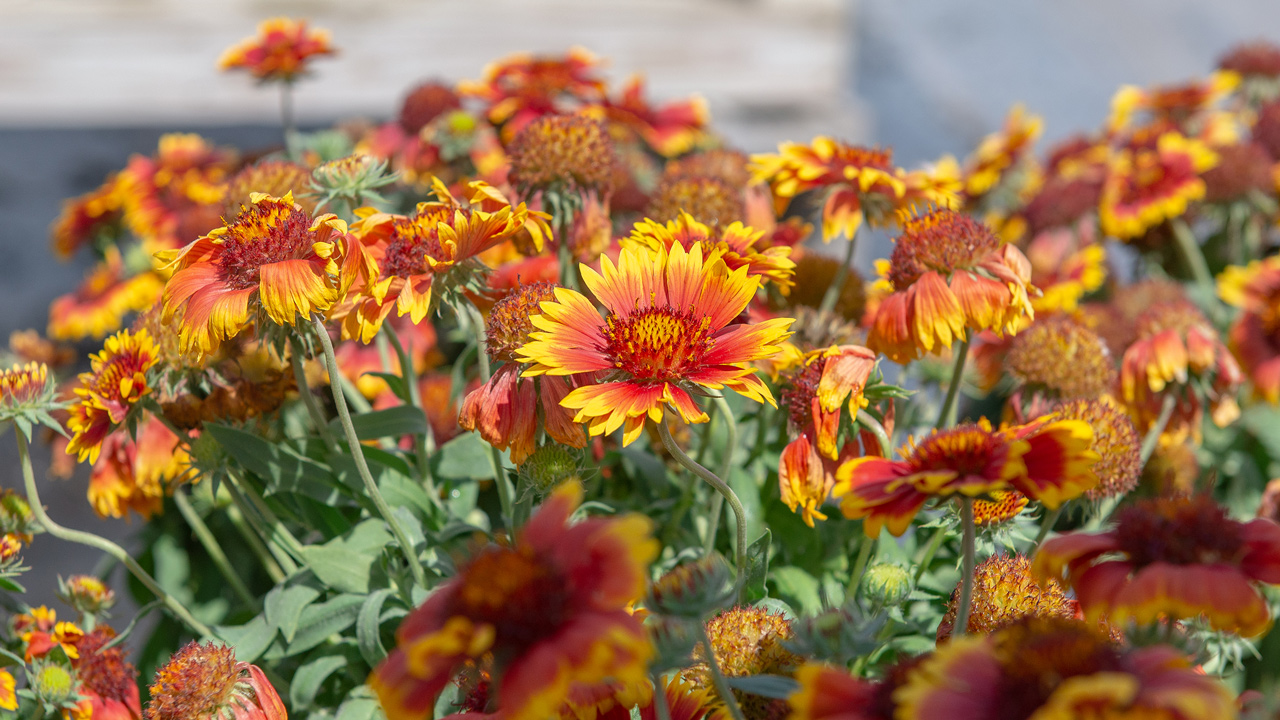
Gaillardia
Gaillardia – or blanket flower – is a mound-forming perennial with profuse, three-inch, daisy blooms and bright colors that draw in butterflies like crazy – especially painted lady butterfly. Gaillardia loves the sun, laughs at heat, and once established, tolerates dry weather well too. In our collection, we love the Arizona series – ‘Red Shades,’ ‘Apricot,’ and the popular ‘Arizona Sun.’ The rich shades of mahogany-red and golden yellow are almost as hot as the summer weather.
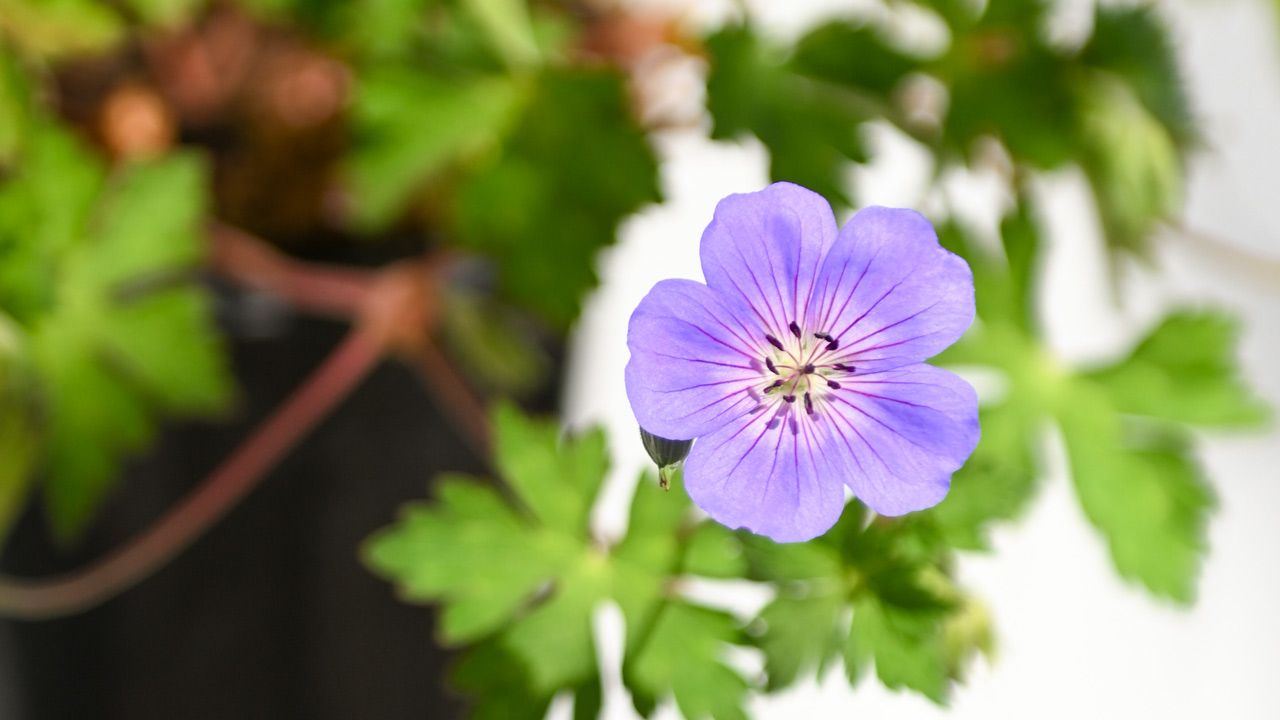
Geranium ‘Rozanne’
Geranium ‘Rozanne’ is beloved for its continuous display of vivid blue-violet flowers from late spring until the first frost. This hardy perennial forms a low, spreading mound of deeply cut, dark green foliage that turns to shades of red and orange in the fall. Perfect for filling gaps in borders or cascading over edges, ‘Rozanne’ thrives in both full sun and partial shade, preferring moist, well-draining soil.
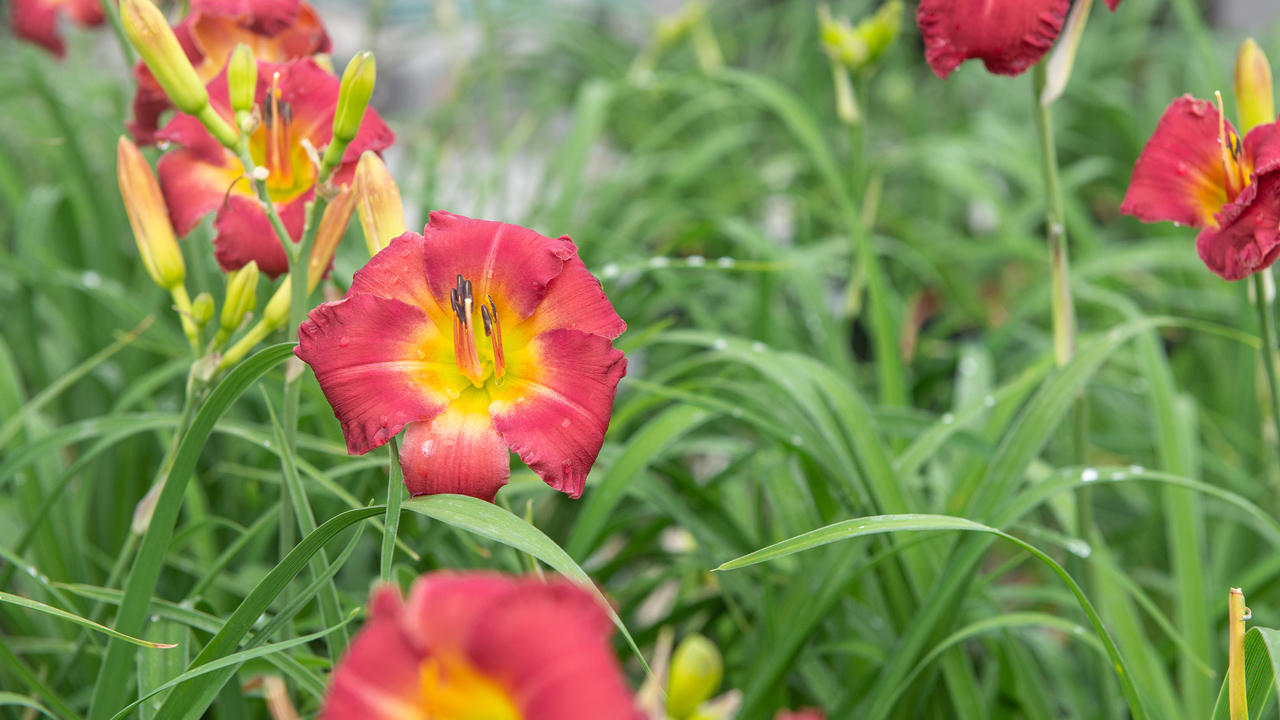
Reblooming Daylilies
As the name implies, daylily blooms only last about one day. But each of its many flowering stems may contain a dozen or more buds that open one after the other and keep the color going strong for months at a time. This is especially true for the cultivars called “rebloomers,” which begin their show in mid-June and don’t quit until frost. Daylilies are also famous for being almost indestructible. They’re tough and tolerant of almost any soil, weather, or amount of sun they find themselves in – although full sun brings the most blooms. One of our favorites is Earlybird Cardinal™ – a pretty watermelon-red daylily with ruffled, recurved petals and a bright yellow center. We also love Earlybird Oriole™ with its beautiful orange coloring. And unlike most daylilies, both of these cultivars have evergreen foliage that persists through the winter.

Liatris
Liatris is a compact, clump-forming perennial with eye-catching, fluffy purple blooms packed full onto slender, cigar-shaped flower spikes. Liatris is native to wet meadows and marsh edges where soil moisture is consistent – so it’s a perfect choice for sunny rain gardens and other wet areas. The cultivar called ‘Kolbold’ is a somewhat smaller liatris that stays two to three feet tall and makes a beautiful addition to sunny borders where it’s a magnet for butterflies and hummingbirds.
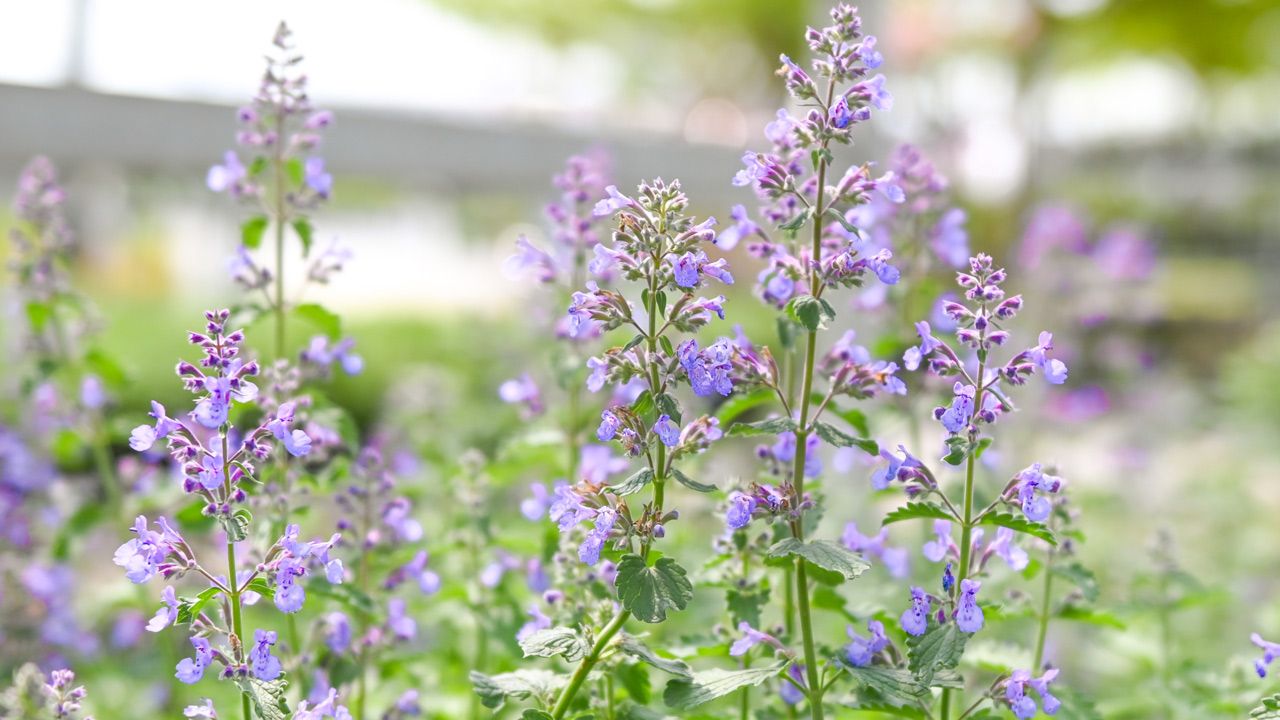
Nepeta
Nepeta, commonly known as catnip, is cherished for its aromatic, gray-green foliage and spikes of soft lavender-blue flowers that bloom from late spring to early fall. This versatile perennial fits seamlessly into cottage gardens and formal landscapes alike. Nepeta prefers well-draining soil and full sun but can tolerate partial shade. Its low-growing, spreading habit makes it ideal for edging and ground cover. Varieties like ‘Walker’s Low’ reach up to 24-36 inches in height and are known for their long bloom time and attractiveness to pollinators, while staying deer- and rabbit-resistant.
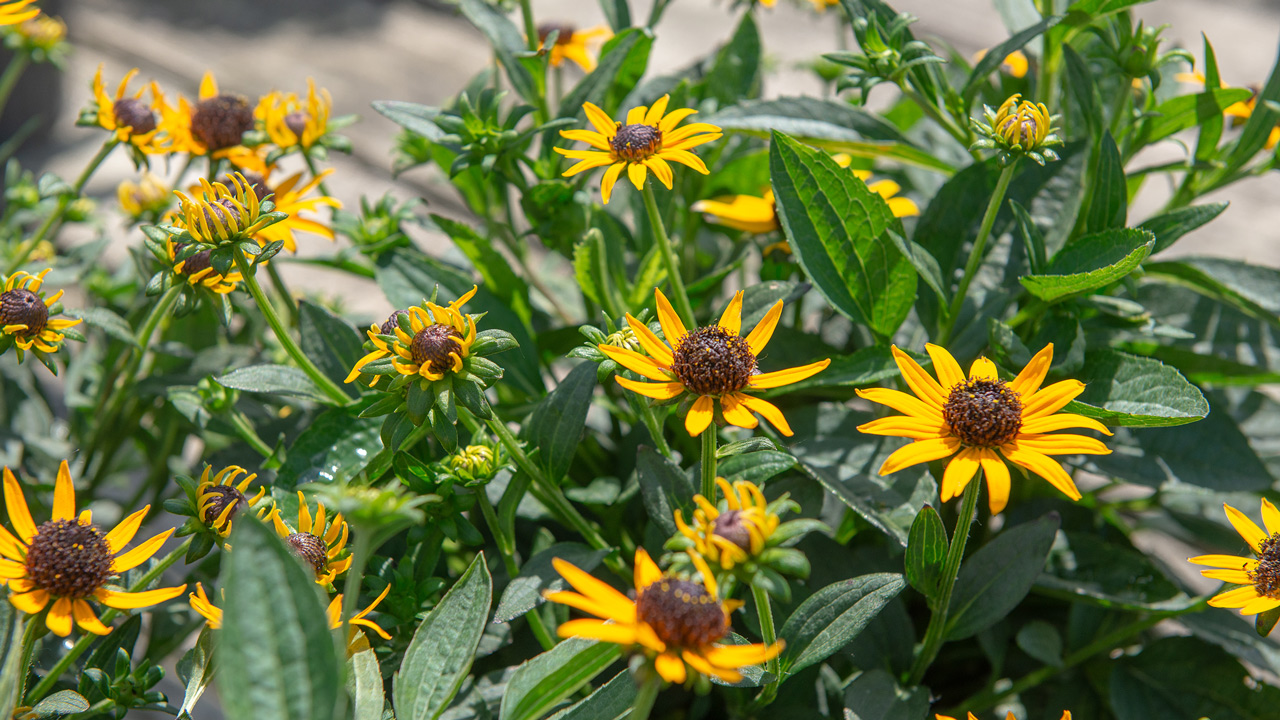
Black-Eyed Susan
Starting in mid-summer and continuing into fall, the prairie native rudbeckia – also known as black-eyed Susan – appears almost everywhere. You’ll find it in sunny meadows, along roadsides, and in backyard landscapes too. It’s a much-loved classic sunflower featuring a ring of boldly colored petals – often bright yellow – surrounding a dark brown, coned center. Rudbeckia is a sturdy plant and easy to grow with coarse, hairy stems and foliage covered in long-lasting blooms. The cultivar ‘American Gold Rush’ is one of our favorites. It produces tons of blooms on two-foot stems from July into September. For something a little more compact, try ‘Little Goldstar’ – a fourteen-inch mound of concentrated sunshine for your garden.

Stokes’ Aster
Stokesia, or Stokes’ aster, is a compact, bushy perennial that stays just a foot or two tall and produces abundant violet blue flowers with feathery petals giving them a fluffy daisy bloom. Stokesia is easy to grow and drought tolerant. The cultivar ‘Peachie’s Pick’ is a long-bloomer, beginning in early summer and continuing into the fall. Its vivid, cornflower blue blooms stand on strong, two-foot stems and attract butterflies by the dozen – maybe a few hummingbirds too.
More Color for the Garden
Summer is the time to celebrate tons of color in the garden and all the activity those beautiful blooms bring – butterflies, bees, songbirds, and more. Stop by our Nursery Yard to browse our full collection of summer perennials and find the perfect blooms for your outdoor space. If you have any questions or need ideas, don’t hesitate to ask – we’re always here to help.


